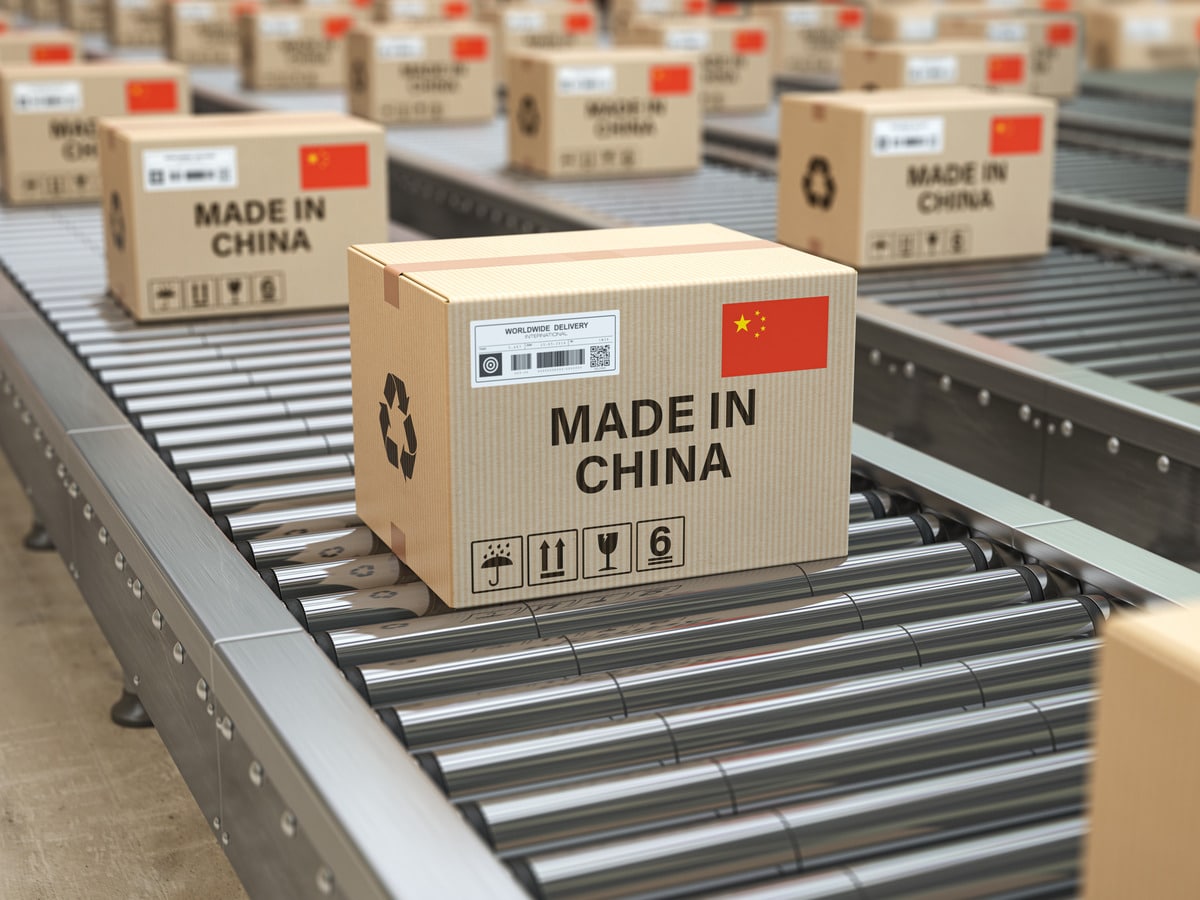Tariffs Remain a Key Trade Policy Tool Amid Economic Uncertainty
President Donald Trump has suggested he would “rather not” impose new tariffs on China, according to a Bloomberg report. However, the remarks do not signal a shift away from using tariffs as a core trade policy tool. With Trump previously leveraging tariffs on China, Mexico, and Canada, businesses must prepare for ongoing trade volatility and potential policy shifts that could impact global supply chains.
The History of U.S.-China Tariffs and What Comes Next
Since 2018, U.S. tariffs on Chinese goods have significantly impacted global trade. Most recently, the Trump administration imposed a 10% tariff on Chinese imports starting February 1, 2025, before increasing the rate to 20% on March 4, 2025, citing national security concerns and alleged unfair trade practices.
While these measures were intended to pressure China, they also led to higher costs for U.S. businesses and supply chain disruptions. In response to U.S. tariffs, China announced retaliatory tariffs on U.S. agricultural products, effective March 10, 2025. These measures include a 15% tariff on imports of U.S. chicken, wheat, corn, and cotton, and a 10% tariff on sorghum, soybeans, pork, beef, aquatic products, fruits, vegetables, and dairy products.
Now, with the possibility of additional tariffs still looming, Bloomberg analysts note that markets are cautiously optimistic about the softer rhetoric but remain aware that trade restrictions could escalate. Trump has previously floated tariffs as high as 60% on Chinese goods, which, if enacted, could significantly impact U.S. importers.
How Trade Policy Uncertainty Affects Businesses
The potential for future tariffs introduces significant risks for businesses dependent on Chinese manufacturing. Even if immediate increases do not materialize, companies should remain prepared for potential trade shifts. Key concerns include:
- Higher production costs if tariffs increase or expand to new product categories.
- Supply chain bottlenecks as businesses shift sourcing to avoid tariff exposure.
- Market uncertainty affecting price stability and long-term planning.
Strategic Adjustments for Businesses Navigating Trade Risks
As trade policies continue to evolve, businesses must take a proactive approach to supply chain management to mitigate risks. Companies can safeguard their operations through:
- Diversified Sourcing: Expanding supplier networks beyond China to Southeast Asia, India, and nearshore alternatives can reduce dependency on a single region.
- Cost Optimization Strategies: Adjusting product design, materials, and manufacturing processes to offset rising costs and maintain profit margins.
- Supply Chain Resilience: Building multi-region supplier relationships to prevent disruptions from tariff fluctuations.
- Agile Manufacturing Partnerships: Working with manufacturers that offer scalable production solutions to adapt to trade shifts without sacrificing efficiency.
How Gembah Helps Businesses Stay Ahead of Global Trade Challenges
At Gembah, we help businesses navigate global sourcing and manufacturing with confidence. Our extensive network of vetted suppliers enables companies to adapt to changing trade policies, ensuring production remains cost-effective and efficient—regardless of new tariffs or policy shifts.
As the U.S.-China trade landscape continues to evolve, companies that take a strategic, diversified approach to sourcing and manufacturing will be best positioned for long-term success.



